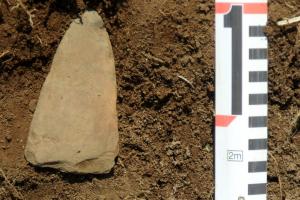
Welcome to the Social Science Collection, a library of resources for educators and the public interested in emphasizing the use of the scientific method in the study of humanity, including quantitative and qualitative methods. The field of social science includes but is not limited to the study all aspects of society including human behavior, relationships among different groups of people, past events, anthropology, linguistics, education, and geography.
The Collection includes individual activities, lesson plans, journal entries, videos, and presentations that will educate the next generation about this complex field of study. All materials are created and compiled by world-class educators participating in authentic scientific research in the polar regions through PolarTREC expeditions.
The Social Science Collection is utilized as class material in the Cyber-based Interdisciplinary Science Education Professional Development Courses offered through the University of Alaska- Fairbanks in conjunction with PolarTREC. The collection is funded by the Arctic Research Consortium of the United States and the National Science Foundation Office of Polar Programs.


![]()
